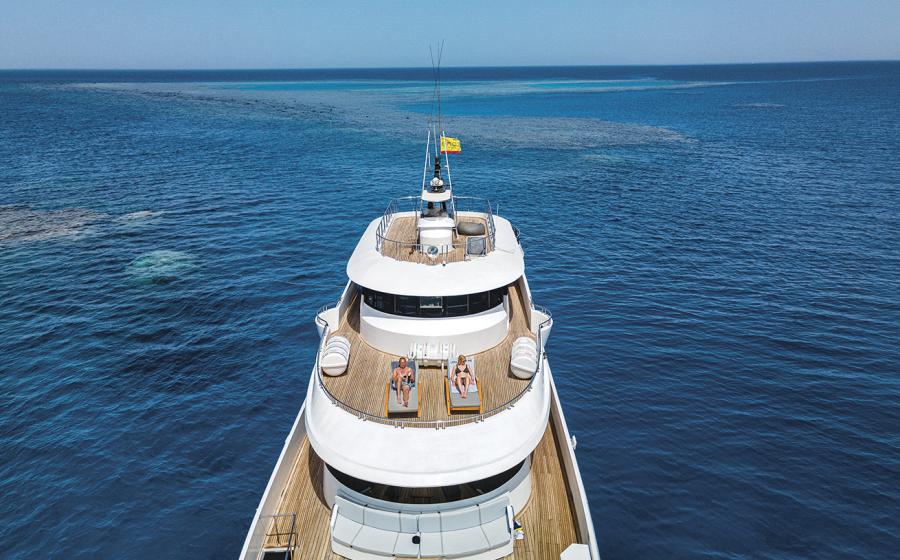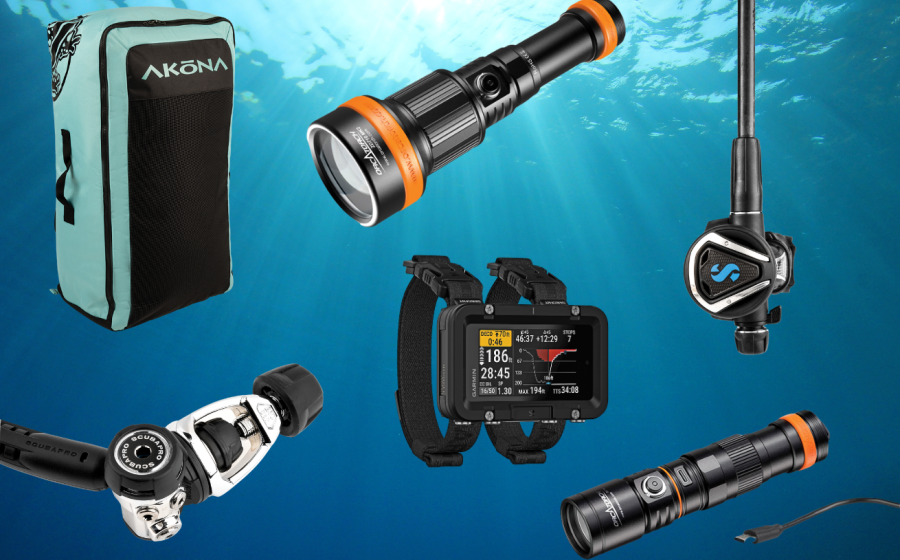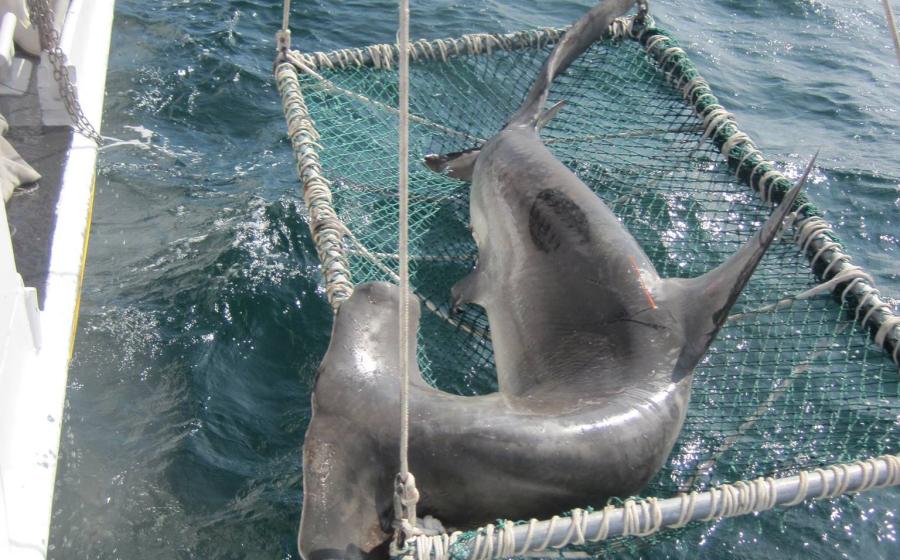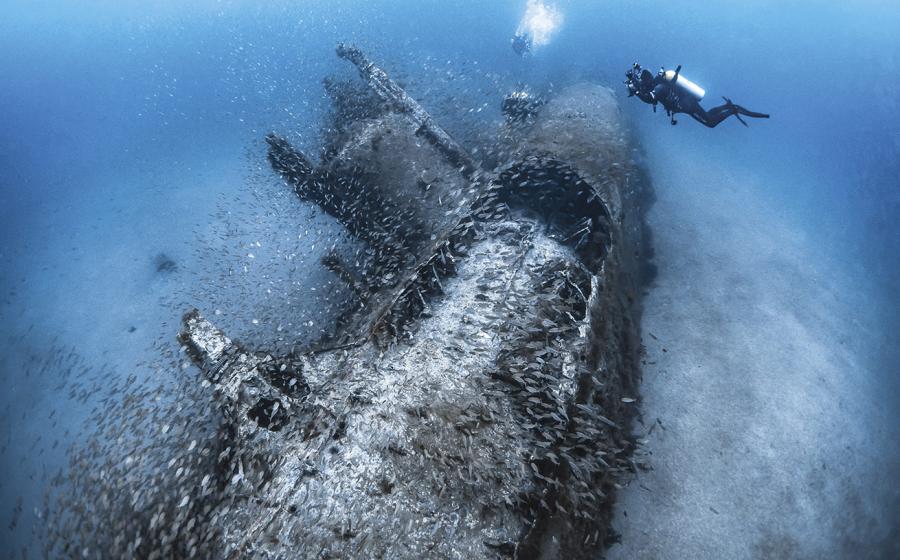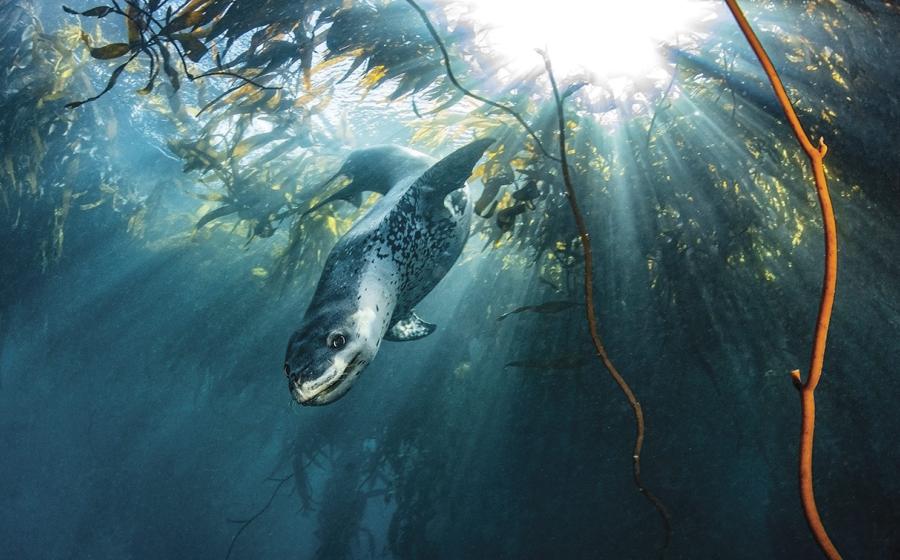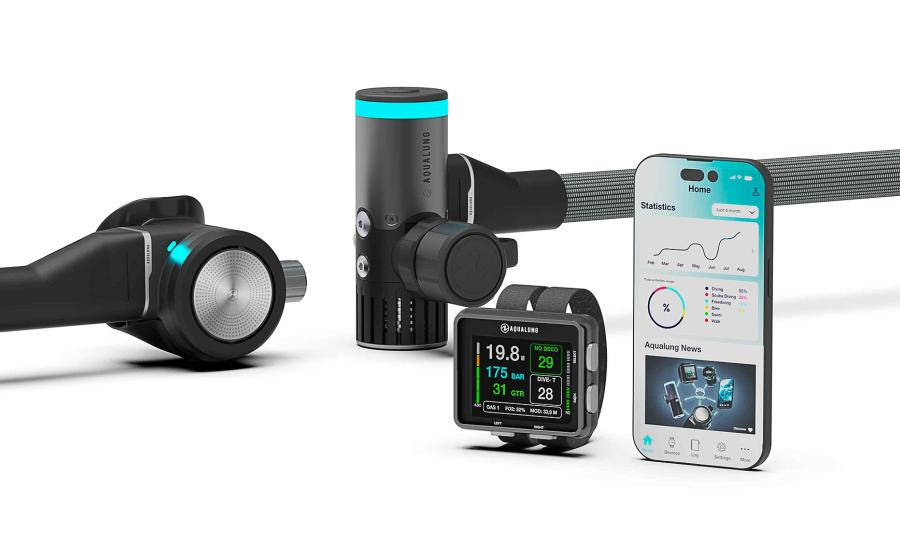How to Book a Safe Liveaboard Trip

Courtesy Explorer Ventures Liveaboard Fleet
Liveaboards offer the ultimate adventure—multiple dives per day, access to remote sites and the camaraderie of like-minded people. However, living aboard a vessel for days to weeks introduces unique safety challenges. This guide will show you how to vet that live-aboard you have been looking forward to!
Investigate the Vessel
Before booking, figure out the ship’s flag state or which country it’s registered in. The flag state determines which regulations a vessel must follow. Just because a boat operates in a country does not mean it is registered there.
A standard to look for is the International Maritime Organization’s (IMO) Safety of Life at Sea (SOLAS). SOLAS originated from an international treaty after the sinking of RMS Titanic that establishes minimum safety standards for a vessel’s construction, equipment and operation. It is considered the most impor tant set of safety guidelines for merchant vessels and is continuously updated. However, SOLAS only applies to vessels that travel internationally, weigh more than a specified tonnage, and are registered in signator y countries, so many liveaboards are not obligated to comply with SOLAS.
Liveaboards that are not SOLAS compliant may present certifications of inspection and compliance from local authorities. However, some of these countries have notoriously lax standards, inadequate inspections and poor enforcement of safety violations. They may allow vessels with questionable safety practices to set sail.
Related Reading: Is Scuba Diving Safe for Kids?
Look for vessels that are SOLAS compliant or registered in a country with strong safety regulations and enforcement. In addition, when you board, check to ensure basic safety equipment are well-maintained and functional. These include life rafts, fire extinguishers, smoke alarms, life vests, medical equipment, suf ficient emergency oxygen, emergency lighting and appropriate communications (such as radios and emergency locator beacons (EPIRBs)). Be sure there is more than one emergency exit that is easily accessible in the event of a fire.
Know the Crew
The captain and crew are the heart and soul of any good liveaboard operation. Getting to know them not only ensures you will have a safe trip but also an enjoyable one. Talk with the crew to assess their experience operating the vessel as well as emergency training. Captains who are familiar with both the vessel and local conditions are essential to maintaining control of the vessel and avoiding running aground or capsizing.
A skilled crew should regularly conduct drills, including man-overboard, abandon-ship, firefighting and other emergency protocols. Before departing, the crew should provide a thorough briefing of all protocols and be able to answer all questions. If they are unable to, this is a big red flag that the crew is unfamiliar with the vessel and may not be able to handle an emergency!
Look for vessels that are SOLAS-compliant or registered in a country with strong safety regulations and enforcement.
By talking with the crew, you can also ascertain if they have enough manpower for the number of guests they have aboard. There should be enough crew members to allow everyone to be well rested while maintaining multiple people to detect and respond to emergencies at any moment. An appropriately staffed vessel is not only safer but much more enjoyable to be on.
Related Reading: How Your Fitness Impacts Diving
Prepare Yourself
While liveaboards feel like the ultimate concierge diving experience, you are ultimately responsible for your safety. Normal hazards of diving are exacerbated by the remoteness of locations on many liveaboards.
For more detailed information of things to look for, DAN’s “Hazard Identification and Risk Assessment Program (HIRA) Guide” is available for free. Although it is tailored specifically for dive operators and professionals, individual divers can find a wealth of information on what risk mitigation efforts they should expect dive operators to meet.





